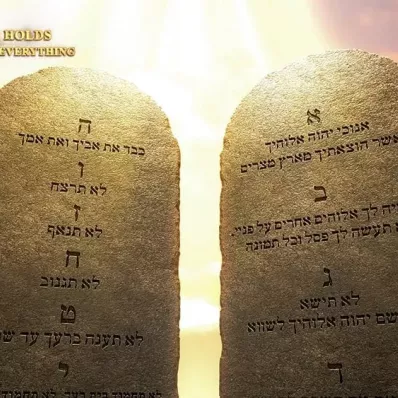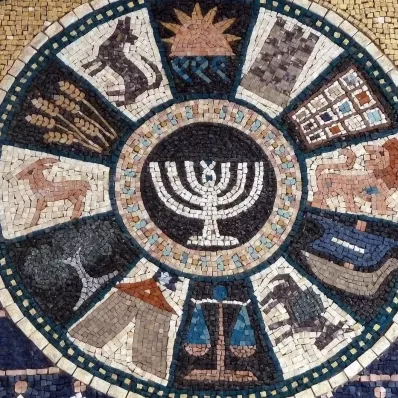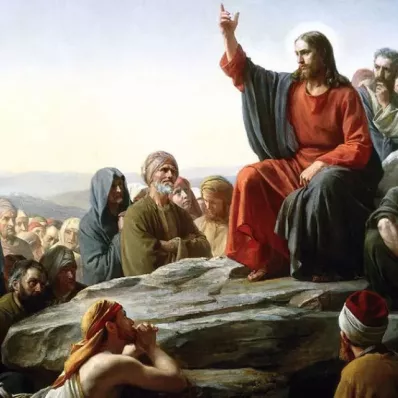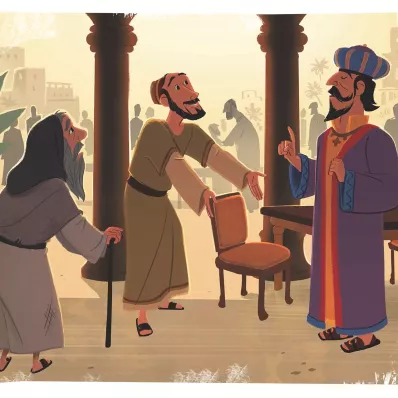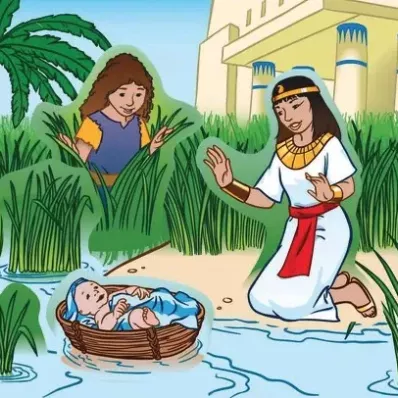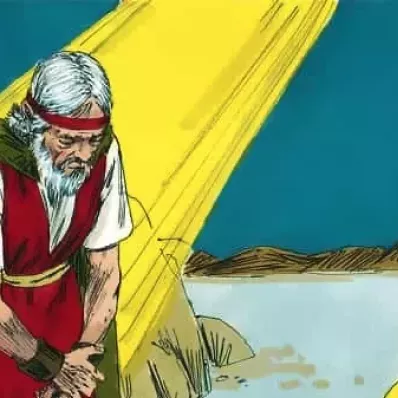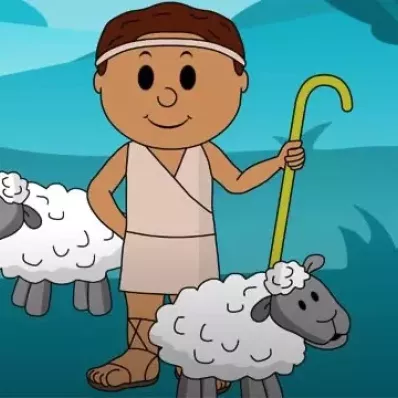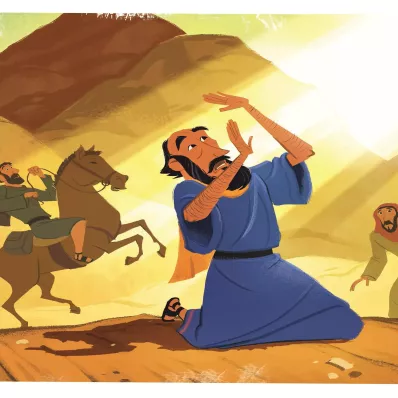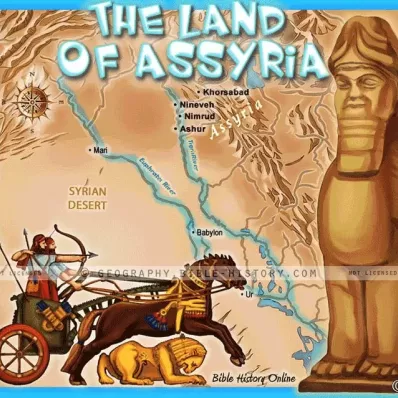Ark
Noah's ark, a building of gopher-wood, and covered with pitch,
300 cubits long, 50 cubits broad, and 30 cubits high (Gen.
6:14-16); an oblong floating house of three stories, with a door
in the side and a window in the roof. It was 100 years in
building (Gen. 5:32; 7:6). It was intended to preserve certain
persons and animals from the deluge which God was about to bring
over the earth. It contained eight persons (Gen. 7:13; 2 Pet.
2:5), and of all "clean" animals seven pairs, and of "unclean"
one pair, and of birds seven pairs of each sort (Gen. 7:2, 3).
It was in the form of an oblong square, with flat bottom and
sloping roof. Traditions of the Deluge, by which the race of man
was swept from the earth, and of the ark of Noah have been found
existing among all nations.
The ark of bulrushes in which the infant Moses was laid (Ex.
2:3) is called in the Hebrew "teebah", a word derived from the
Egyptian "teb", meaning "a chest." It was daubed with slime and
with pitch. The bulrushes of which it was made were the papyrus
reed.
The sacred ark is designated by a different Hebrew word,
"'aron'", which is the common name for a chest or coffer used
for any purpose (Gen. 50:26; 2 Kings 12:9, 10). It is
distinguished from all others by such titles as the "ark of God"
(1 Sam. 3:3), "ark of the covenant" (Josh. 3:6; Heb. 9:4), "ark
of the testimony" (Ex. 25:22). It was made of acacia or shittim
wood, a cubit and a half broad and high and two cubits long, and
covered all over with the purest gold. Its upper surface or lid,
the mercy-seat, was surrounded with a rim of gold; and on each
of the two sides were two gold rings, in which were placed two
gold-covered poles by which the ark could be carried (Num. 7:9;
10:21; 4:5,19, 20; 1 Kings 8:3, 6). Over the ark, at the two
extremities, were two cherubim, with their faces turned toward
each other (Lev. 16:2; Num. 7:89). Their outspread wings over
the top of the ark formed the throne of God, while the ark
itself was his footstool (Ex. 25:10-22; 37:1-9). The ark was
deposited in the "holy of holies," and was so placed that one
end of the poles by which it was carried touched the veil which
separated the two apartments of the tabernacle (1 Kings 8:8).
The two tables of stone which constituted the "testimony" or
evidence of God's covenant with the people (Deut. 31:26), the
"pot of manna" (Ex. 16:33), and "Aaron's rod that budded" (Num.
17:10), were laid up in the ark (Heb. 9:4). (See TABERNACLE
T0003559) The ark and the sanctuary were "the beauty of Israel"
(Lam. 2:1). During the journeys of the Israelites the ark was
carried by the priests in advance of the host (Num. 4:5, 6;
10:33-36; Ps. 68:1; 132:8). It was borne by the priests into the
bed of the Jordan, which separated, opening a pathway for the
whole of the host to pass over (Josh. 3:15, 16; 4:7, 10, 11, 17,
18). It was borne in the procession round Jericho (Josh. 6:4, 6,
8, 11, 12). When carried it was always wrapped in the veil, the
badgers' skins, and blue cloth, and carefully concealed even
from the eyes of the Levites who carried it. After the
settlement of Israel in Israel the ark remained in the
tabernacle at Gilgal for a season, and was then removed to
Shiloh till the time of Eli, between 300 and 400 years (Jer.
7:12), when it was carried into the field of battle so as to
secure, as they supposed, victory to the Hebrews, and was taken
by the Philistines (1 Sam. 4:3-11), who sent it back after
retaining it seven months (1 Sam. 5:7, 8). It remained then at
Kirjath-jearim (7:1,2) till the time of David (twenty years),
who wished to remove it to Jerusalem; but the proper mode of
removing it having been neglected, Uzzah was smitten with death
for putting "forth his hand to the ark of God," and in
consequence of this it was left in the house of Obed-edom in
Gath-rimmon for three months (2 Sam. 6:1-11), at the end of
which time David removed it in a grand procession to Jerusalem,
where it was kept till a place was prepared for it (12-19). It
was afterwards deposited by Solomon in the temple (1 Kings
8:6-9). When the Babylonians destroyed Jerusalem and plundered
the temple, the ark was probably taken away by Nebuchadnezzar
and destroyed, as no trace of it is afterwards to be found. The
absence of the ark from the second temple was one of the points
in which it was inferior to the first temple.



